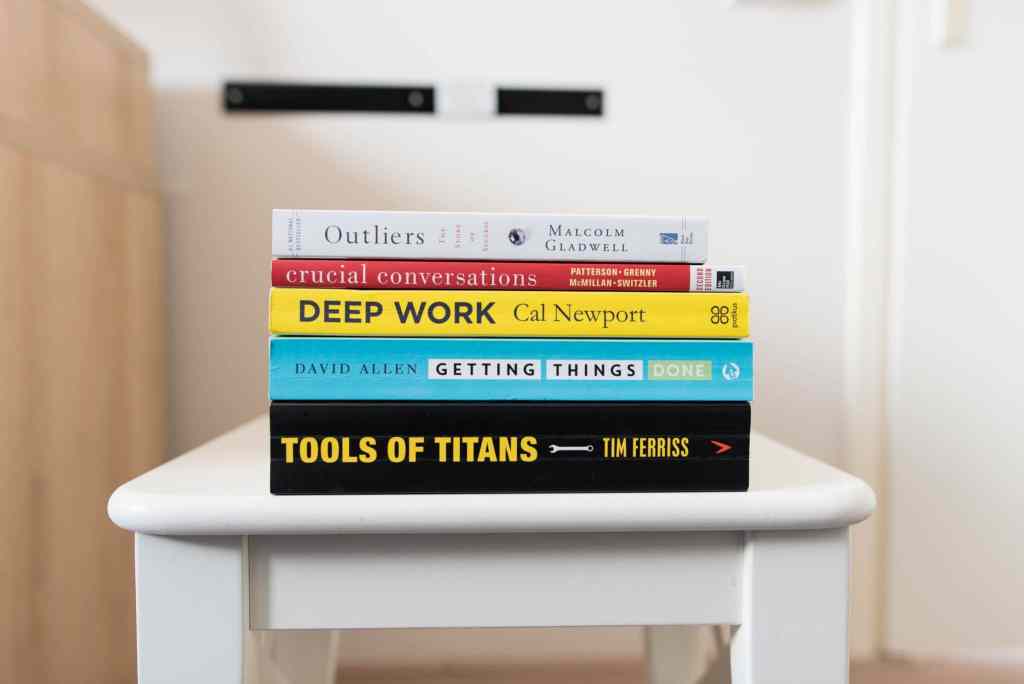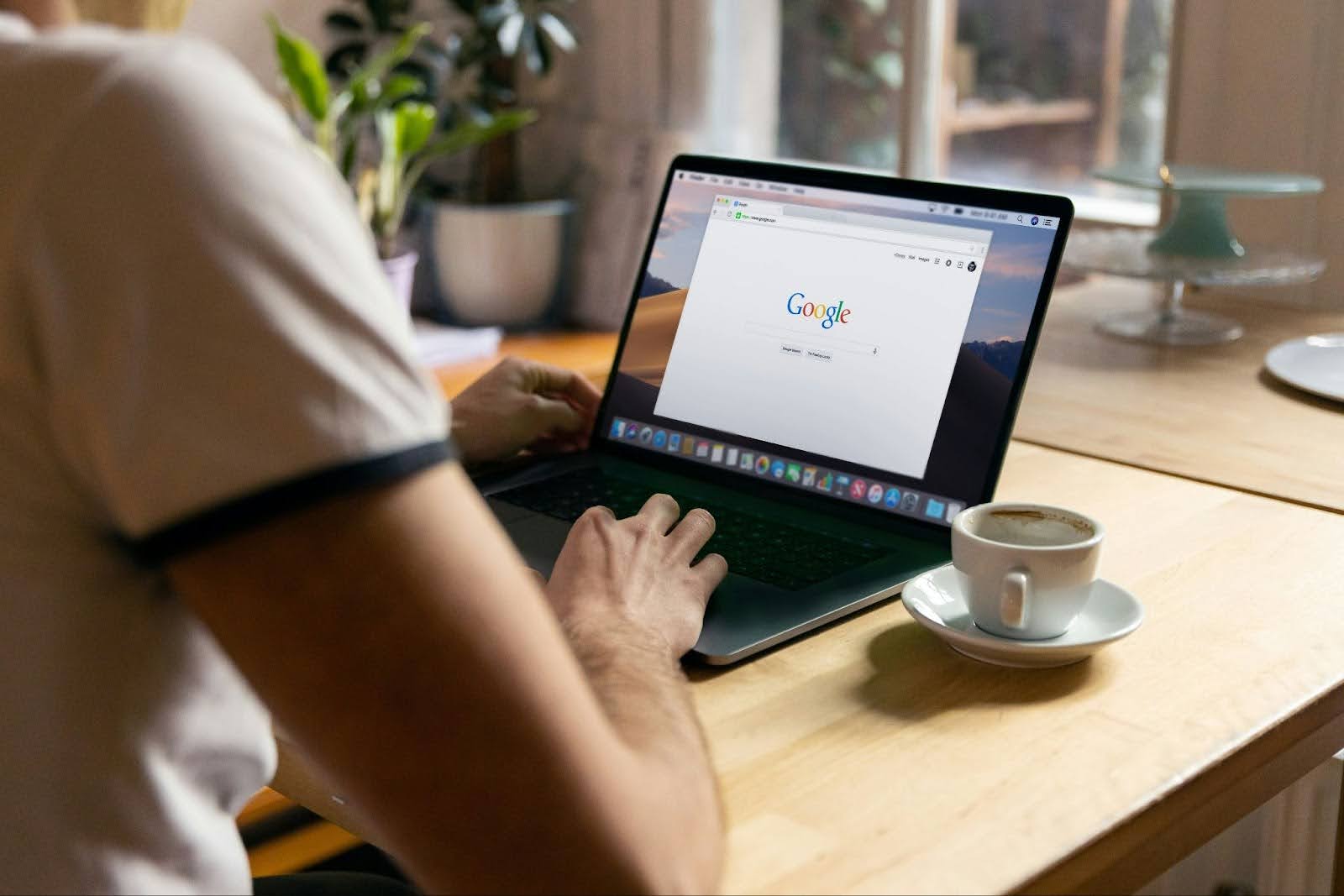How to Monotask Your Way to a Productive Day

It’s easy to assume that multitasking will allow you to do double the work in half the time—after all, if you’re doing two things at once, your productivity must skyrocket, right? Not quite. Unfortunately, while we may feel that our productivity increases when we multitask, practical results and countless studies tell us otherwise.
When you multitask, you’re not working on two tasks at the same time—you’re actually rapidly switching between tasks without giving your brain the time it really needs to completely focus on each one. Instead of finishing one task, taking a short break, and then turning your full attention to the next thing on your to-do list, bouncing from one task to another and back again results in “attention residue” clouding your concentration. If you’re still thinking about a previous task while starting another, that attention residue is going to impede your focus, and if this becomes a pattern over time, your overall performance could suffer.
In this age of digital distractions, it’s tough to avoid multitasking, and many of us have made it a habit. Pausing your work to check your email, looking at a text in the middle of a meeting, or talking on the phone with a client while researching a separate project all qualify as multitasking, but because these tasks seem so basic and unavoidable, we rarely stop to consider that this could be having an impact on the quality of our work or our productivity.
Multitasking and switching between screens can make you feel more productive in the moment, but in the long run, it’s eating up time that you could spend on your hobbies, creative projects, or relaxing with family and friends. If you want to step up your performance and reclaim your time to have more opportunities to do what you love, it’s time to say goodbye to multitasking and get familiar with the concept of “deep work” and the practice of monotasking.

The Problem With Multitasking
It’s clear that attention residue and quickly switching between two tasks can impede your productivity, but how often is this really affecting the quality of your work and your time management? The statistics are sobering: the average office worker spend an average of one minute and fifteen seconds on a task before looking at something else, and research reveals that multitasking throughout the workday can result in a 40% drop in productivity and 50% more errors in your work. Multitasking actually increases the amount of time it takes to complete a single task by about 50%. These effects are the equivalent of a 10-15 point drop in your effective IQ. Basically, when you spend most of the day multitasking, you’re putting more time into lower quality work.
Multitasking doesn’t just slow down your progress and cause you to make more mistakes, it also increases your stress levels. When you’re frequently switching your focus between tasks, your body begins pumping out adrenaline and cortisol, the stress hormone, in order to give you a quick burst of energy to handle your many responsibilities. Every once in a while, you might have an exceptionally busy day and need that extra boost just to get everything done on time, but if your cortisol levels are off the charts every day at the office because of your multitasking habit, it can spell trouble. Chronic stress is a factor in causing many chronic diseases, and it can also do a number on your mental health and contribute to potentially debilitating conditions like anxiety and depression.
If your multitasking habit seems to kick in the moment you sit down to get things done, you might never allow yourself the opportunity to experience the benefits of deep work and monotasking. When you spend a long chunk of time deliberately focused on a single task, you’re able to produce your best work. Unintentional breaks can hold you back from reaching your full potential—but when you give yourself the chance to delve into each task one by one without distractions, you’ll be amazed at the improvements.

The Benefits of Monotasking and Deep Work
What is deep work, and what separates it from working in fragmented sessions while multitasking? Deep work doesn’t just mean spending a few hours working on one task—it means doing so without any distractions that could redirect your attention and cause you to break your focus. This might involve working in strict isolation: in other words, turning off your notifications, ignoring your inbox, and putting your smartphone on silent. Sure, some soft classical music in the background won’t hurt, but you don’t want to invite anything into your workspace that could pull your attention away from the task at hand.
Monotasking will enable you to finish more high quality work in a shorter period of time—it’s a win-win method for both performance and overall productivity. You’ll eliminate the problem of attention residue, and when your workday is done, you’ll have more to intentionally spend on the activities you really want to be doing. Plus, you’ll probably find that it’s easier to keep track of everything you have to do when you’re only working on one task at a time.
[ictabs alias=”mid-post-cta”]
Monotasking can also be a boon for your physical and mental health. When you stop multitasking, you’ll naturally reduce the stress you experience on the average workday, which helps boost your immune system and reduces the inflammation that can cause aches, pains, and minor illnesses. It’s also a simple method for incorporating mindfulness into your normal workday.
Engaging in deep work helps us learn new skills more quickly, so if you’re a student or training for a new qualification, monotasking can help you keep up. There’s a reason that Cal Newport, the author of Deep Work: Rules for Focused Success in a Distracted World, says that monotasking is a highly valued skill on its own in today’s economy: if your boss takes notice of your new skills and recent accomplishments, you’ll have a better chance at earning a raise or promotion.
How to Monotask and Eliminate Distractions
If you’re used to multitasking through most of your to-do list, making the transition to monotasking might seem like a challenge. Here are a few simple strategies you can use to make monotasking a breeze.
1. Block distractions with Freedom.
If you know that you’ll be tempted to check out your usual social media feeds or favorite blogs when you should be working, you may want to try a website blocking tool. Freedom is a website blocking software that can help you avoid digital distractions throughout your day, whether you’re at your desk or off the clock. By installing Freedom on your computer, you can create lists of distracting websites and set up a block session when you can’t afford to lose focus, or you can block Internet access while allowing websites that you need to use. A program like Freedom can help you find time you didn’t even know you had to get more done.
2. Turn off your notifications.
Did you know that the average smartphone user checks their phone 150 times per day? When you hear that notification sound, you instantly get an urge to find out what’s going on, but once you start scrolling, your focus is totally gone. Simply turning off your notifications might not completely kick the habit of randomly checking your phone, but it will definitely help you cut down the number of times you reach for it during a given day.
3. Use the Pomodoro Technique.
Taking brief, intentional breaks with the Pomodoro Technique in the middle of a deep work session won’t result in attention residue. How do you schedule your day with the Pomodoro Technique? Work in 25 minute sessions with five minute breaks, and after four “pomodoros,” take a longer break of about 15 to 20 minutes.
Don’t use those breaks to start another task or check your notifications—instead, step away from your devices and get your body moving. Walk around, hold a few yoga poses, make a cup of tea, or take some time to organize your desk. All of these activities will help you get into what Newport refers to as “third space”—a moment of mindfulness in the midst of a deep work session. This “third space” allows you to relax, reflect, and prepare to dive back into your task. It will take practice to get into this headspace quickly, but it will get easier with time.
Why does the Pomodoro Technique work so well? When you’re sticking to this schedule, it’s tough to justify multitasking or taking out your phone—time is ticking, and you’ve got 25 minutes! This sense of urgency encourages you to stay focused, and knowing that your breaks are never far away also helps.
4. Make a distraction list.
What if you’re unsure about exactly where all of your time is going? Sometimes, it helps to just sit down with a pen and paper and do a little brainstorming. If you want to effectively eliminate distractions, you have to get to the root of the problem and figure out your most common sources of distraction. Do you catch yourself fiddling with playlists and trying to find the right soundtrack for your workday? Do you find it hard to avoid socializing in the office and often take breaks just to chat with your coworkers? Does your attention wander when you’re hungry, thirsty, or exhausted? When you get to the root of the problem, you can start taking proactive steps to change your environment and your habits.



